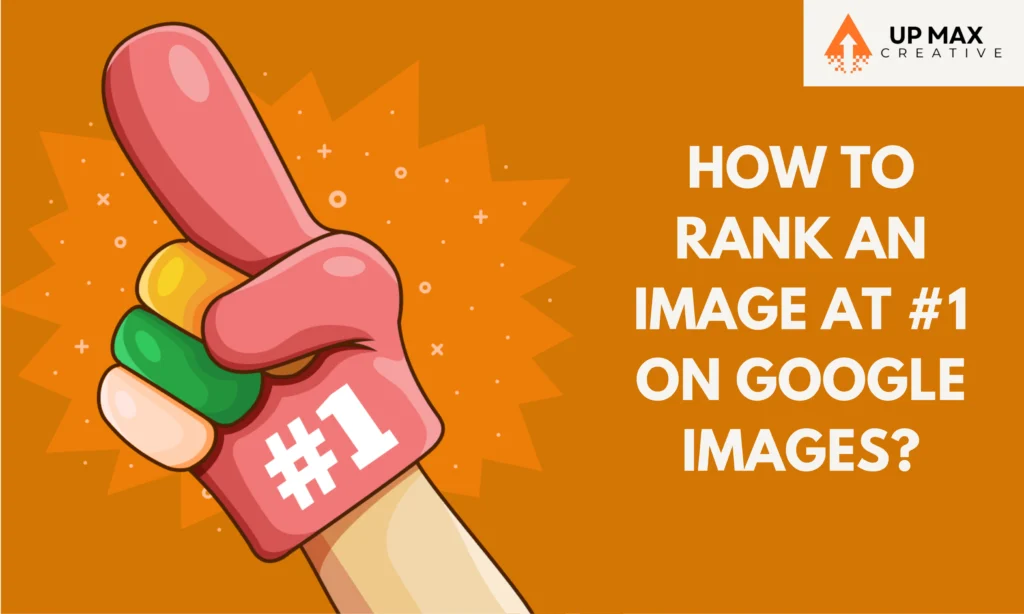
Images are more than just visual elements they are powerful assets that can drive significant traffic to your website. Google Images accounts for a substantial portion of online searches, with users frequently looking for products, infographics, and other visuals. If you’re not optimizing your images for search engines, you’re missing out on a huge opportunity to increase your site’s visibility and engagement.
Ranking an image at #1 on Google Images requires more than just uploading a high-quality picture. It involves a combination of technical SEO, content relevance, and user experience. This guide will walk you through everything you need to do to get your images to the top of Google Image Search.
1. Choose the Right Image Format
Google supports multiple image formats, but some are more SEO-friendly than others. The most commonly used formats are:
- JPEG – Best for high-quality images with good compression.
- PNG – Ideal for images with transparency.
- WebP – A modern format that offers better compression and quality than JPEG and PNG.
- SVG – Great for vector images like logos and icons.
For SEO purposes, WebP is highly recommended as it provides high-quality visuals with smaller file sizes, improving page speed.
2. Optimize the Image File Name
Before uploading your image, rename the file to something descriptive. Instead of IMG12345.jpg, use something like blue-sneakers-men-running.jpg. This helps search engines understand the content of the image.
Example:
Bad: IMG12345.jpg
Good: blue-sneakers-men-running.jpg
3. Compress Images Without Losing Quality
Large image files slow down your website, which negatively impacts SEO rankings. Use image compression tools like:
- TinyPNG
- JPEGmini
- Kraken.io
Always balance image quality and file size to ensure faster loading times without compromising visual clarity.
4. Use Descriptive ALT Text
ALT text serves as a textual description of an image, improving accessibility and helping search engines understand image content.
Best Practices for ALT Text:
- Be descriptive and concise.
- Include relevant keywords naturally.
- Avoid keyword stuffing.
Example:
Bad: <img src="blue-sneakers.jpg" alt="">
Good: <img src="blue-sneakers.jpg" alt="Blue sneakers for men designed for running">
5. Implement Structured Data (Schema Markup)
Google Images supports structured data to provide additional context. If your images relate to products, recipes, or videos, you can use structured data to improve their visibility.
Example:
For product images, use:
<script type="application/ld+json">
{
"@context": "https://schema.org/",
"@type": "Product",
"name": "Running Sneakers",
"image": "https://example.com/images/running-sneakers.jpg",
"description": "Lightweight and comfortable sneakers for running."
}
</script>Adding structured data helps Google understand your images better and increases their chances of appearing in rich snippets.
6. Optimize Page Metadata
Your title tag and meta description should align with the content of your image. Ensure that the page where the image is hosted includes the target keywords in the title and description.
Example:
Title: Best Running Sneakers for Men – Lightweight & Durable
Meta Description: Discover the best running sneakers for men. Lightweight, durable, and designed for comfort. Shop now!
7. Ensure Mobile-Friendliness
Since mobile-first indexing is a priority for Google, your images must be responsive. Use the srcset attribute to provide different image sizes for different screen resolutions.
Example:
<img src="running-sneakers.jpg" srcset="running-sneakers-small.jpg 480w, running-sneakers-medium.jpg 1024w" alt="Blue running sneakers">This ensures a seamless user experience across all devices.
8. Host Images on a Fast Server or CDN
Use a Content Delivery Network (CDN) like Cloudflare or Amazon CloudFront to ensure faster image loading worldwide. CDNs reduce latency and improve page speed, both critical factors for ranking.
9. Optimize Image Placement on the Page
Google considers image placement within content. Images placed near relevant text and headings tend to rank higher.
Best Practices:
- Insert images near the most important text on your page.
- Avoid burying images deep into the page.
- Ensure that the surrounding content is contextually relevant.
10. Leverage Image Sitemaps
Google encourages the use of image sitemaps to help search engines discover images faster.
Example Sitemap Entry:
<url>
<loc>https://example.com/best-running-sneakers</loc>
<image:image>
<image:loc>https://example.com/images/running-sneakers.jpg</image:loc>
<image:title>Best Running Sneakers</image:title>
<image:caption>High-performance running sneakers for men</image:caption>
</image:image>
</url>Submit your sitemap to Google Search Console for better indexing.
11. Encourage Image Engagement and Sharing
Google rewards images that generate engagement. To boost interaction:
- Encourage social media sharing.
- Use Pinterest-friendly images.
- Implement an easy “Click to Enlarge” feature.
- Allow users to embed your images on their websites (with attribution).
12. Monitor Performance in Google Search Console
Track how your images are performing using Google Search Console under the “Performance” report. This helps you identify images that generate traffic and improve those that don’t.
Conclusion
Ranking an image at #1 on Google Images requires a strategic combination of SEO best practices, user engagement, and technical optimizations. By following these steps, you’ll not only enhance your image rankings but also improve website visibility and user experience.
Remember:
- Choose the right format and compress images.
- Optimize file names, ALT text, and structured data.
- Ensure fast loading speeds and mobile-friendliness.
- Use image sitemaps and track performance in Google Search Console.
By consistently applying these techniques, your images will have a better chance of ranking at the top of Google Image Search, driving more traffic, engagement, and conversions to your website.